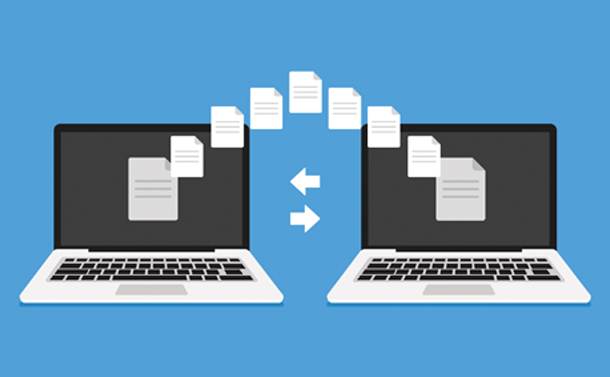Interval meter data (aka Green Button Data) is one of the most commonly used data formats Energy Toolbase users import when modeling solar and energy storage projects on our platform. We just updated the instructions of downloading Green Button Data (GBD) from all three of California’s investor-owned utilities: Pacific Gas & Electric (PG&E), Southern California Edison (SCE), and San Diego Gas & Electric (SDG&E). We’ve included links to the step-by-step instructions for downloading GBD below. You can also find these in the Energy Toolbase Help Center when logged onto the platform.
The importance of utilizing interval data in Energy Toolbase
Interval data is a series of measurements of energy consumption that is taken at predefined intervals throughout the day. Interval meter data generally comes in increments of 60, 30, or 15-minute granularity. Energy Toolbase users can upload GBD in either .csv or .xml format. We previously published a Resource Guide on The Value of Interval Meter Data in Solar Project Analysis, which details the numerous advantages of working with Green Button Data.
How do you get interval data?
Several utilities make interval data available to download directly via their website, which will show as the Green Button Data ‘Download My Data’ option. If a utility does not offer this, you may instead be able to get written authorization from your customer, then manually request it from a utility service rep. There are also third-party services like Utility API, which automates the fetching and retrieval of interval data. Many utilities have template authorization forms to request billing and interval data files on a customer’s behalf. We’ve included authorization form links for the California IOU’s:
the fetching and retrieval of interval data

